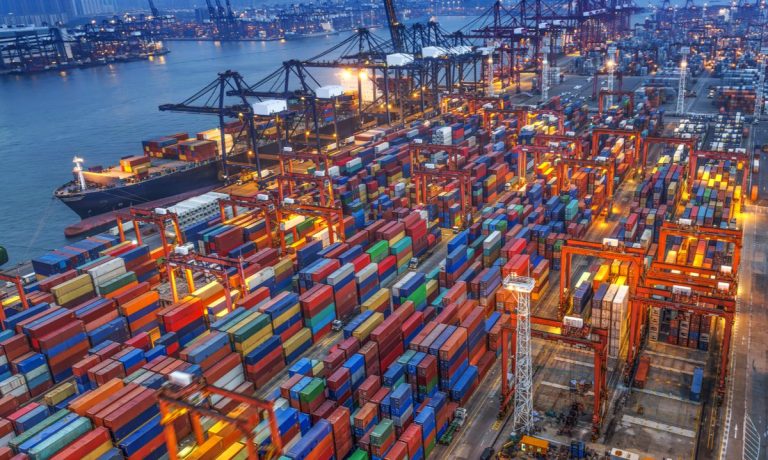
Supply chains may be healing, but the pressure they put on inflation remains.
As Bloomberg News reported Sunday (Feb. 26), shipping costs have come down in some places but not others. An estimated 70% of goods that ship in containers on massive cargo ships are under long-term contracts that were negotiated during the pandemic. That means retailers and manufacturers may have to wait to consider reducing prices.
“We need to be cautious about the drop in spot prices for containerized freight,” Jason Miller, an associate professor of supply chain management at Michigan State University, told Bloomberg. “Most freight moves under contract prices that are still well above pre-COVID levels.”
The report argued that this “stickiness” could explain why inflation has persisted in the U.S. and Europe. There’s also the fact that it’s not clear how long inflationary trends could take to make it through supply chains, as companies don’t like to change prices too often.
The news comes as retailers and ocean carriers gather this week at the Journal of Commerce’s annual TPM Conference to begin negotiating long-term contracts.
Retailers are holding more inventory than they can sell and freight companies are having difficulty filling their ships, The Wall Street Journal wrote recently.
These trends have been reflected in the cost of ocean freight. The average cost of transporting a container from China to the U.S. West Coast was $3,174 in April 2021. That figure surged to $8,607 in April 2022 and then plummeted to $2,618 earlier this month, per WSJ the report.
Meanwhile, the twin threats of high inflation and supply chain woes continue to pose a problem for fleet managers.
That’s according to Jim Perkins, director of Fleet Solutions USA for Shell, and Sasha Arasteh, e-mobility and services manager for Shell Fleet Services Americas, who spoke with PYMNTS earlier this month about what they see as cures for the continuing macroeconomic migraines afflicting the industry.
“The consistent headaches I see on a daily and weekly basis,” Perkins said, “is how do [fleet managers] save time, manage their time better? They want to reduce the total cost of the ownership of their vehicles — that’s the big buzzword in the fleet industry, looking holistically at all the vehicles and asking how do I lower my total cost.”
A second headache, he added, is that because of the pandemic’s impact on global supply chains, many fleet managers are still having trouble replacing their existing vehicles, while also scrambling to find the right parts to repair them.